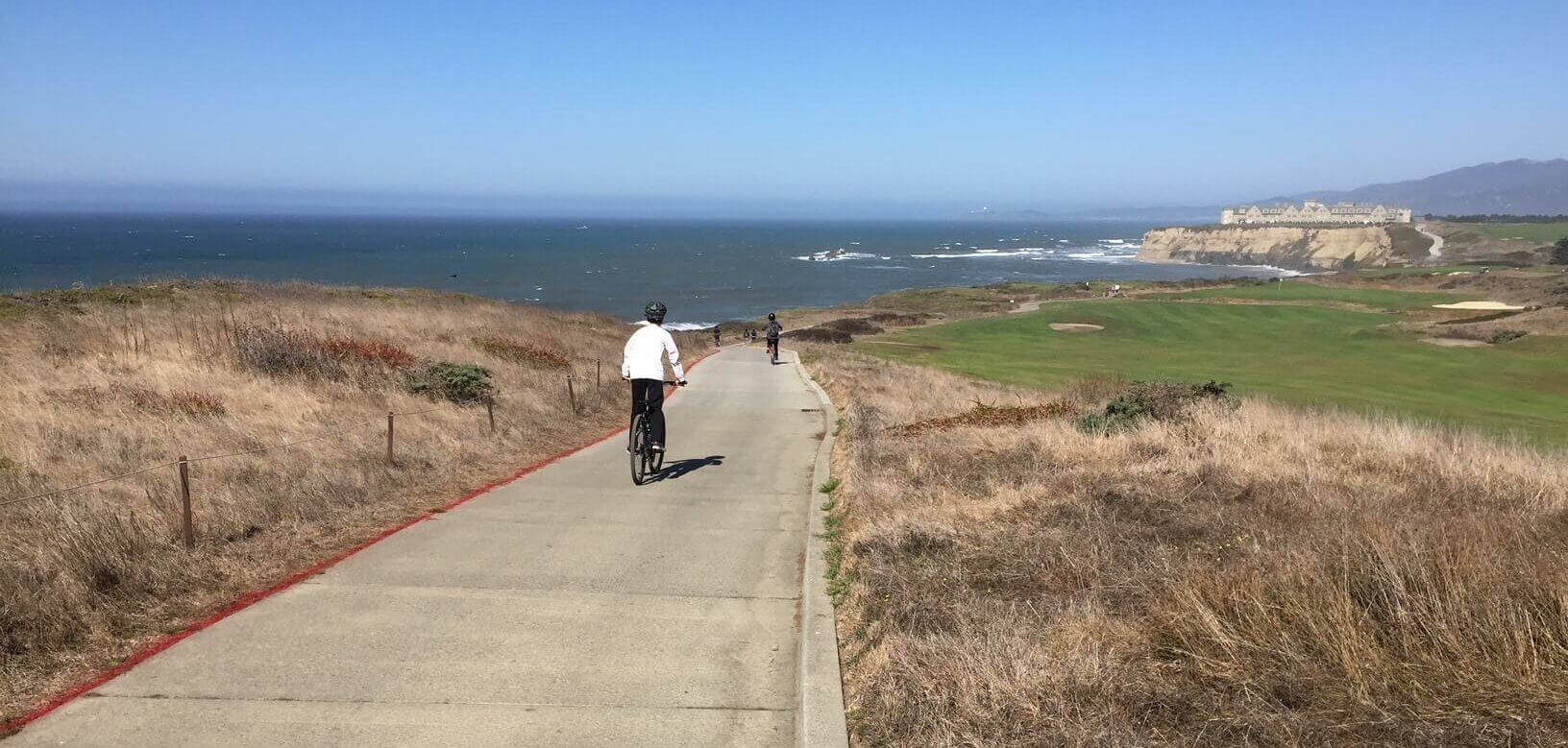
I am a dad of two kids in middle school. Every day they are exposed to new technological experiences, and every day I ask myself -- Am I doing everything I can to protect them? I worry about their personal data use in school, what they have access to, and external influences. I try to remind myself that when I was their age, it was easy to get access to anything and that at the end of the day I cannot isolate them from the world. So my wife and I focus on educating our kids on how to handle themselves, be good digital citizens, and carefully review and evaluate what happens to them in school.
Concerns about the privacy and security of students are not new to me. As a founder of a startup that promotes use of video in classrooms for instructional coaching and teacher improvement, I have had hundreds of conversations with our customers about student privacy. Our hardware and software helps capture video of not only the teacher, but also of their interactions with students, student work, and small group activities. We believe that having a holistic view of the classroom can help teachers and coaches better collaborate, provide unique insights, and surface valuable “aha” moments. Obviously a majority of the videos we help to capture and store do depict students. Unsurprisingly, many teachers, administrators, and parents have concerns about the privacy and security of those videos.
The vast majority of schools and districts have found a way to use video observations in their schools. Others have had more challenges and we've seen a wide variety of philosophies around the use of video in the classroom. Some have even asked us if we can blur student faces to protect their identity. Unfortunately, reliable technology for completely blurring the faces of specifically only students is still far from perfect. More importantly, we believe that doing so would significantly undermine a video’s value since so much about human interactions is in the facial expressions. How else could a coach see if students are engaged in a lesson? How can you tell who is paying attention and who disengaged?
Some districts forbid their schools from using cloud based services like Swivl. This is extremely short-sighted as cloud based software offers significant cost, support, and upgradeability benefits. Alternatives of storing video on outdated tech, like DVDs and hard-drives, pose much greater security risks. It also makes the process of sharing so cumbersome that eventually teachers stop using video altogether.
Unfortunately other schools, especially in districts with strong parental voices, are trying to stop the use of recording video altogether. This deprives teachers and administrators of one of the most innovative tool to disrupt education. Research studies, specifically the ones conducted by the Gates Foundation and Harvard CEPR, have demonstrated again and again the benefits of self-reflection and video based feedback to teacher improvement.
So what are my recommendations when I speak with customers?
Just as when I’m speaking with my kids, its all starts with education. If you are working with parents, it is important to explain the intent of these videos. It’s not a tool to grade students; it’s is a tool to help teachers improve their skills. Swivl is not a giant company whose goal is to mine data on your kids for advertising. In fact, we will never use videos for unintended purposes. Next, it is important to discuss who can access the videos. Swivl enables private sharing, so only the people who are meant to view a video can access it. If an unintended person gets ahold of a video link they will not be able to view it unless they can prove they are the intended viewer.
When it comes to our platform, Swivl goes to great lengths to secure all videos when they are uploaded, stored, or played. We are FERPA and COPPA compliant, have signed and fully support the Student Privacy Pledge, and invite you to read through our terms and privacy policy. We always welcome a conversation so we can explain what we do and why we do it. We are happy to review and sign additional security and privacy contracts as required. At the end of the day, the most important thing to me and Swivl, is to protect your kids like we protect our own.
If you need help with these questions in your school or district, please email vlad at swivl.com
Resources/Links